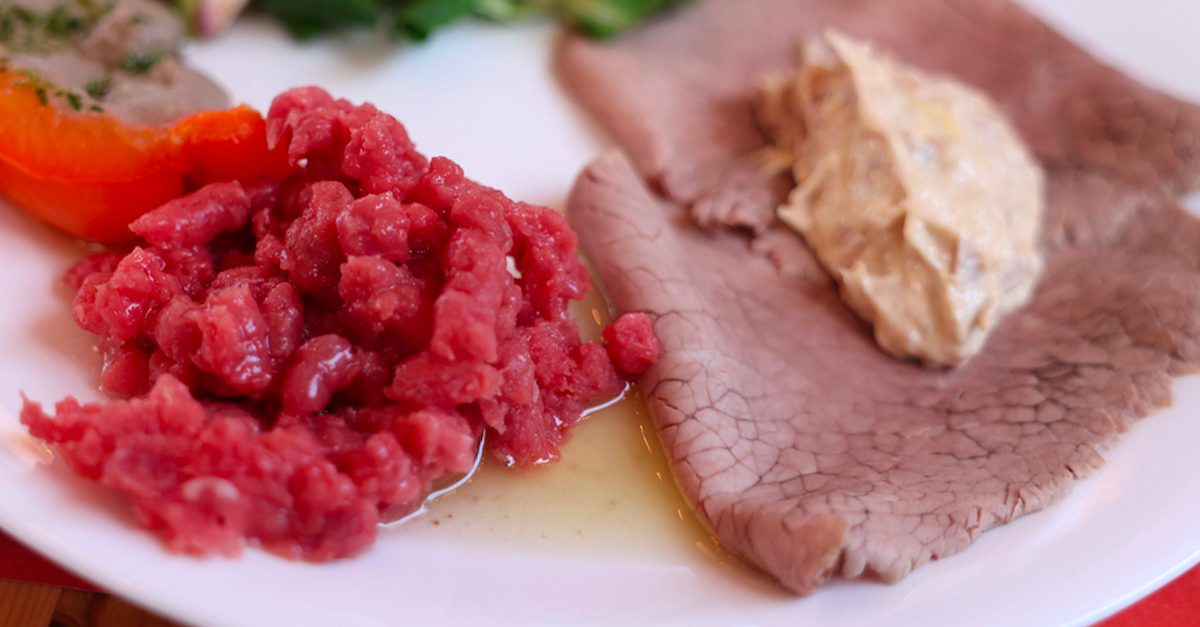The Difference Between Crudo, Sashimi, Tartare, and Carpaccio
There are many ways to serve raw seafood and meat but what makes them so different from each other? In this article we examine the difference between crudo, sashimi, tartare, and carpaccio.
;Resize,width=742;)
We begin with the most general term: crudo.
The word is the Italian and Spanish word for “raw,” and it refers to a dish of uncooked ingredients — usually fish, shellfish, or meat — dressed with some sort of seasoning, such as olive oil, citrus juice.
Since “Crudo” implies no specific size, shape, or technique involved, it can be used as a blanket term for anything that’s raw and dressed.
Carpaccio is a type of crudo, but here the uncooked things are sliced or pounded super thin. It’s usually made with fish, but you can also see meat or even vegetable carpaccios.
Carpaccios are dressed/drizzled, usually with an olive oil/lemon combo, and usually have some garnish too.

Tartare is also another type of crudo. It is made of chopped up raw meat or seafood that’s bound with some sort of sauce, dressing, and/or other seasonings.
Like carpaccios, tartares are defined by the shape in which the raw stuff is sliced and in this case, they are usually minced or diced rather than sliced thinly.
Sashimi is a raw ingredient preparation not in the crudo category. It is made with carefully sliced raw fish that’s rarely marinated, sauced, or garnished.
Unlike the others, Sashimi is more about the quality of the fish and the technique of the chef preparing it rather than any vinaigrettes or seasonings.

While it’s not exactly raw, it’s worth pointing out a crudo-family cousin: the ceviche.
Ceviche is made up of raw seafood marinated in citrus juice, which cooks it. Ceviche recipes demand around eight times the amount of acid found in dishes like crudo or tartare, and the fish sits in it for a longer period, allowing it to penetrate the raw ingredients and transform its texture.
Ceviche can be found all over Latin America, and its ingredients as well as garnishes vary depending on its locale.
;Resize,width=767;)
;Resize,width=712;)
;Resize,width=712;)
;Resize,width=712;)
